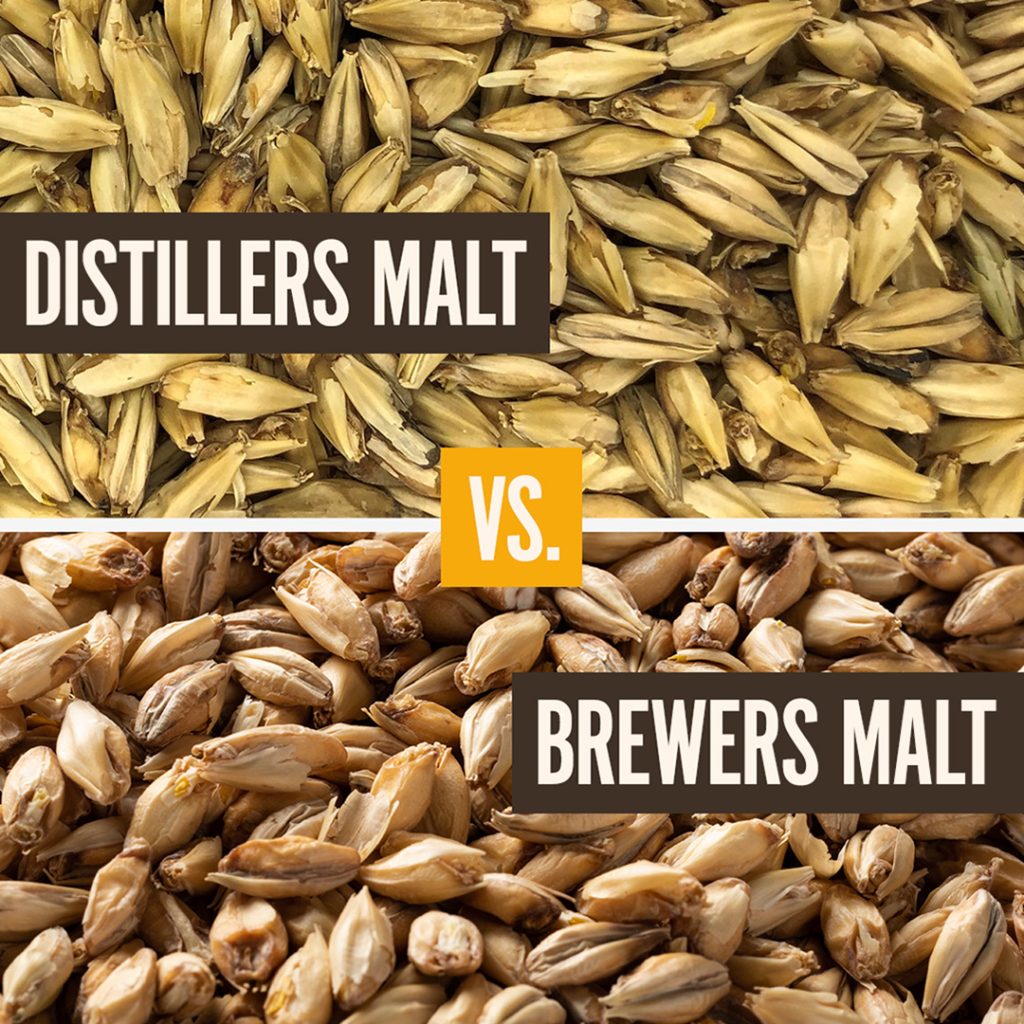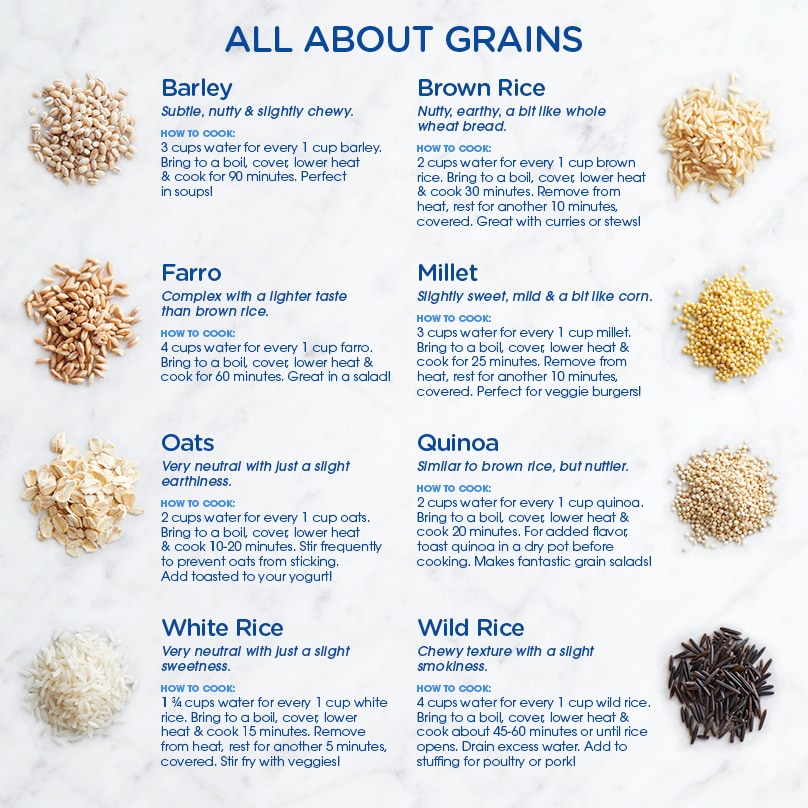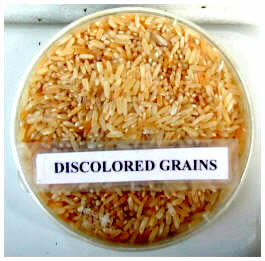Grain moisture and temperature are the main factors that affect grain quality. Abstract Global grain production has been increasing every year, which highlights the need for investment, maintenance, and effective management in warehouses. Warehousing is a major bottleneck as it influences the possibility of negotiating for better market prices.
Types of Grains – QFC
To understand the effects of the moisture migration on the grain mass and loss of quality of the grains stored using the different technologies and forms of storage presented in “Quality of corn

Source Image: coursehero.com
Download Image
The grain trade defines moisture on a wet basis because it directly quantifies the amount of water in the grain as a percent of the total weight. Wet basis moisture content (MC wb) can be calculated as follows: (9.2) Moisture content ( wb) % = ( wet weight − dry weight) / ( wet weight) × 100 %.

Source Image: voxel51.com
Download Image
Vital Wheat Gluten | Baking Ingredients | BAKERpedia
A natural grain program compares the readings of the meter being tested with the air oven results. Natural grain programs typically use a tolerance of ±0.04 times moisture value for corn inspections. “Tolerance” is the maximum difference between the inspected meter reading and the assumed moisture content.

Source Image: x-mol.com
Download Image
Grain Moisture Is A Characteristic Of Grain That Affects
A natural grain program compares the readings of the meter being tested with the air oven results. Natural grain programs typically use a tolerance of ±0.04 times moisture value for corn inspections. “Tolerance” is the maximum difference between the inspected meter reading and the assumed moisture content.
According to Ziegler et al. (2021) the grain moisture and temperature are the main factors that affect grain quality. Cooling the grain helps preserve quality by reducing biochemical and metabolic
Effect of grain moisture content on physical, mechanical, and bulk dynamic behaviour of maize – ScienceDirect
Moisture in grain will gradually reduce germination ability of the seed during storage. Active respiration of the grain during storage will deplete the nutrition reserves that the seed uses to germinate or sprout. Molds and diseases can also reduce the ability of the seed to germinate.
Morphophysiological Traits, Biochemical Characteristic and Productivity of Wheat under Water and Nitrogen-Colimitation: Pathways to Improve Water and N Uptake | IntechOpen

Source Image: intechopen.com
Download Image
Distillers Malt vs. Brewers Malt in the U.S. and their Applications – Brewing With Briess
Moisture in grain will gradually reduce germination ability of the seed during storage. Active respiration of the grain during storage will deplete the nutrition reserves that the seed uses to germinate or sprout. Molds and diseases can also reduce the ability of the seed to germinate.

Source Image: brewingwithbriess.com
Download Image
Types of Grains – QFC
Grain moisture and temperature are the main factors that affect grain quality. Abstract Global grain production has been increasing every year, which highlights the need for investment, maintenance, and effective management in warehouses. Warehousing is a major bottleneck as it influences the possibility of negotiating for better market prices.

Source Image: qfc.com
Download Image
Vital Wheat Gluten | Baking Ingredients | BAKERpedia
The grain trade defines moisture on a wet basis because it directly quantifies the amount of water in the grain as a percent of the total weight. Wet basis moisture content (MC wb) can be calculated as follows: (9.2) Moisture content ( wb) % = ( wet weight − dry weight) / ( wet weight) × 100 %.

Source Image: bakerpedia.com
Download Image
Grain moisture content and grain quality – IRRI Rice Knowledge Bank
Mar 9, 2022Figure 1. Effects in storage at different temperatures and moisture content. Grain moisture content (MC) is one of the most important factors describing the bio-logical activity of grains. Dry grains have a low respiration rate, while grains with higher moisture content tend to generate a suitable environment for microbial processes that re-

Source Image: knowledgebank.irri.org
Download Image
Importance of corn in animal production
A natural grain program compares the readings of the meter being tested with the air oven results. Natural grain programs typically use a tolerance of ±0.04 times moisture value for corn inspections. “Tolerance” is the maximum difference between the inspected meter reading and the assumed moisture content.

Source Image: veterinariadigital.com
Download Image
Foods | Free Full-Text | Technological and Sensory Quality of Gluten-Free Pasta Made from Flint Maize Cultivars
According to Ziegler et al. (2021) the grain moisture and temperature are the main factors that affect grain quality. Cooling the grain helps preserve quality by reducing biochemical and metabolic

Source Image: mdpi.com
Download Image
Distillers Malt vs. Brewers Malt in the U.S. and their Applications – Brewing With Briess
Foods | Free Full-Text | Technological and Sensory Quality of Gluten-Free Pasta Made from Flint Maize Cultivars
To understand the effects of the moisture migration on the grain mass and loss of quality of the grains stored using the different technologies and forms of storage presented in “Quality of corn
Vital Wheat Gluten | Baking Ingredients | BAKERpedia Importance of corn in animal production
Mar 9, 2022Figure 1. Effects in storage at different temperatures and moisture content. Grain moisture content (MC) is one of the most important factors describing the bio-logical activity of grains. Dry grains have a low respiration rate, while grains with higher moisture content tend to generate a suitable environment for microbial processes that re-